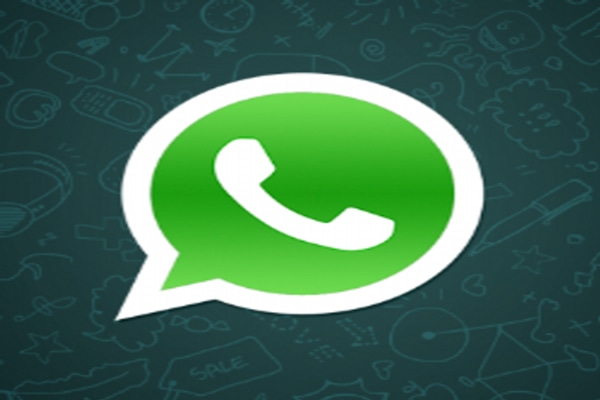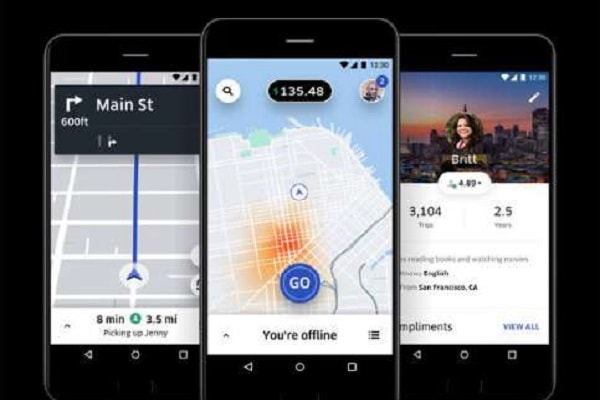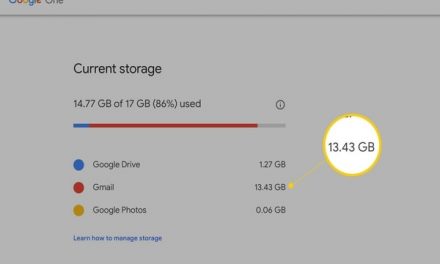Facebook expects to roll out WhatsApp Pay in a number of countries in the next six months, even as its payment licence remains stuck in India.
Facebook is working on building technology infrastructure to turn its private messaging apps, WhatsApp and Messenger, into private social platforms where users can hang out and engage with businesses. “One example that we’ve been working on is WhatsApp Payments where you’re going to be able to send money as quickly and easily as sending a photo,” said Mark Zuckerberg on an earnings conference call with analysts, while talking about the growth of commerce and payments on private messaging apps.
Data compliance issues and regulations have kept WhatsApp Pay launch in abeyance for quite some time, despite a successful test run of the payments service with one million users in the country.
The peer-to-peer, UPI-based WhatsApp Pay service will reach over 400 million users — especially the small and medium businesses (SMBs) — to boost digital inclusion in the country. The government and the Reserve Bank of India (RBI) have expressed concerns over some of WhatsApp’s features in complying with the regulations.
WhatsApp’s payment feature, called WhatsApp Pay, is designed to run on the Unified Payments Interface (UPI) — developed by the National Payments Corporation of India — which allows users to pay others or do business transactions through their bank accounts. Its licence has not been approved in India yet as it has to complete localising all the data within the country’s borders. WhatsApp has about 400 million users in India. The payment feature is currently running in pilot mode. If the company gets a payment licence for a full-fledged rollout, other players in the market, including Google Pay, PhonePe and Paytm will face stiff competition.
How to set up payments on WhatsApp for Android
To get started with payments on WhatsApp, you’ll first have to link your bank account to the service. UPI works primarily with your phone number, and the service works with all major banks in India. The best part is that even if you don’t have a UPI account set up with your bank, you will be able to use the payments option as WhatsApp will create a UPI ID for you. Here’s what you need to know:
- Open WhatsApp from the app drawer or home screen.
- Select the action overflow menu (three vertical dots on the top right corner).
- Hit Payments.
- Select Add new payment method.
- Select Accept and continue to get started.
- Choose your bank from the list. This should ideally be your primary UPI account.
- You’ll now need to verify your phone number. Make sure that the WhatsApp number you’re using is the same one registered with your bank account. Hit Verify via SMS to authenticate your bank account.
- Hit Allow to let WhatsApp verify that the SIM card is the one registered with your account.
- Tap Allow again for WhatsApp to send texts to authenticate your account.
- WhatsApp will now verify with your bank and pull up all accounts registered with your number. Select the one you’d like to use to finish setting up payments.
- Hit Done to finish setting up WhatsApp Pay.
- You should now see the payment method listed in the payments page.
How to send money from WhatsApp for Android
Sending money via WhatsApp is very straightforward. The payments option shows up directly in the conversation window, and transferring money (or requesting it) is as seamless as it can get:
- Select the contact you want to send money to.
- In the conversation window, select the clip icon.
- Choose Payment.
- Select the amount you’d like to send (you can also add a note).
- Enter your UPI PIN.
- You’ll see a confirmation message show up directly in the conversation window once the transaction is done.
That’s all there is to it. WhatsApp will add more features once it rolls out WhatsApp Pay this year, but in the meantime you can use UPI to send and receive money from your contacts.


















